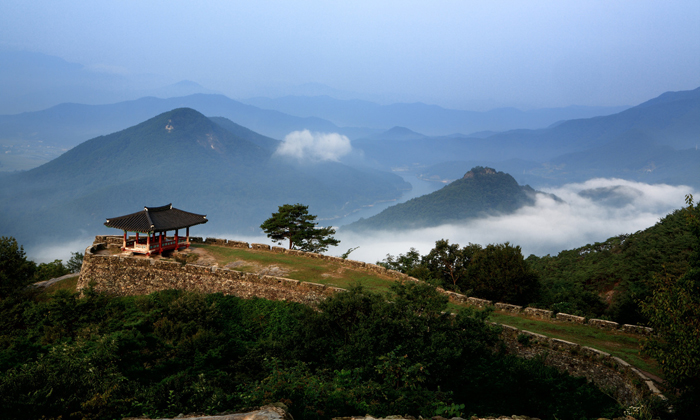

The words at the top of the list are the ones most associated with three kingdoms of korea, and as you go down the relatedness becomes more slight. You can get the definition(s) of a word in the list below by tapping the question-mark icon next to it. The top 4 are: three, eight, seven and twenty. Korea Journal 43(4), 10-29.Below is a massive list of three kingdoms of korea words - that is, words related to three kingdoms of korea. Buddhism and polity in early sixth-century Paekche. Other smaller kingdoms and tribal states existed in Korea before and during this period, including Gaya, Dongye, Okjeo, Buyeo, Usan, and Tamna.Īllied with China under the Tang dynasty, Silla conquered Goguryeo in 668, after having already conquered Baekje in 660, thus ushering in the Unified Silla period and effectively putting an end to the Three Kingdoms Period. Buddhism became the official religion in 528. The capital of Silla was Seorabeol (nowadays Gyeongju). Renamed from Saro to Silla in 503, the kingdom of Silla absorbed the whole kingdom of Gaya on their border in the first half of the 6th Century. In the 4th century Baekje was very prosperous and dominated the southern part of the peninsula. The cultural influence of the Chinese remained until Buddhism was adopted as the official religion in 372. At the beginning the state was located on the border with China it conquered little by little vast territories of Manchuria and finally destroyed the Chinese colony Nangnang in 313. Nangnang (nowadays Pyongyang) and Kungae, located upon the Yalu river. Goguryeo, the largest of three, had two capitals in alternation. Na (2003) argues that Buddhism played an important role in providing answers to people in a time when traditional communal patterns of life were breaking down. In the 4th century, Buddhism was introduced to the peninsula and spread rapidly, becoming the official religion of all three kingdoms in a fairly short time. Their original religions appear to have been shamanistic, and to have absorbed increasing Chinese influence (particularly Confucianism and Taoism) over time. Thus the early Three Kingdoms period was marked by the removal of direct Chinese influence and a realignment of power relations in the peninsula.Īll three kingdoms shared similar cultures. The last to fall, Lelang commandery, was absorbed by Goguryeo in 313. After the end of the Han dynasty, at the beginning of the 3rd century, these commanderies continued as quasi-independent states for a time. In the fourth century, the three kingdoms begin to appear with regularity in contemporaneous Chinese records.ĭuring the Han dynasty, commanderies were established to govern much of the northern part of the Korean peninsula. The historiographic evidence indicates that entities such as Mahan and Jinhan were more dominant than the still-embryonic Silla and Baekje kingdoms, which only appear as minor states in the 3rd-century San guo zhi. Prior to that time, there is little evidence of systematic political organization above the level of the walled-town state in the south of the peninsula. For that reason, most scholars such as Best (2000) and Lee (1984) treat the Three Kingdoms period as properly beginning around 300 AD.

However, both historical and archaeological evidence shows a profound shift in the nature of life in the peninsula around the 4th century. Chinese records suggest that Baekje was established in the 4th century by a Goguryeo general.īecause of the origins of the three kingdoms are conventionally traced to the 1st century BC, the Three Kingdoms period is sometimes considered to cover the entire period from the 1st century BC to the 7th century AD. The capital was first located near today's Seoul, later further south at Ungjin (nowadays Gongju) and later still further south at Sabi (nowadays Buyeo). Korean sources recorded 18 BC as the establishment of Baekje two Goguryeo princes fled out of conflict to be the successor, and established Baekje in the southwest of the peninsula. It became independent from the Chinese in 37 BC according to the Korean sources. The first reference to the name "Goguryeo" in Chinese records was in 75 BC, as a local district. Goguryeo, meanwhile, emerged on the north and south banks of Yalu River (Amnok River in Korean). According to Korean records, the earliest roots of the Three Kingdoms can be traced to 57 BC, when the kingdom of Saro (later Silla) in the southeast of the peninsula obtained autonomy from China under the Han dynasty.


 0 kommentar(er)
0 kommentar(er)
